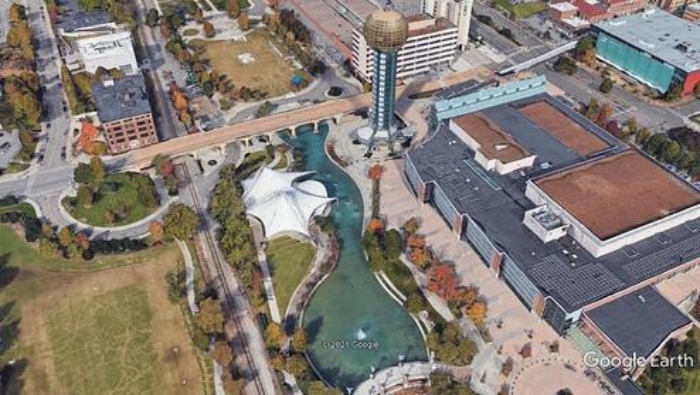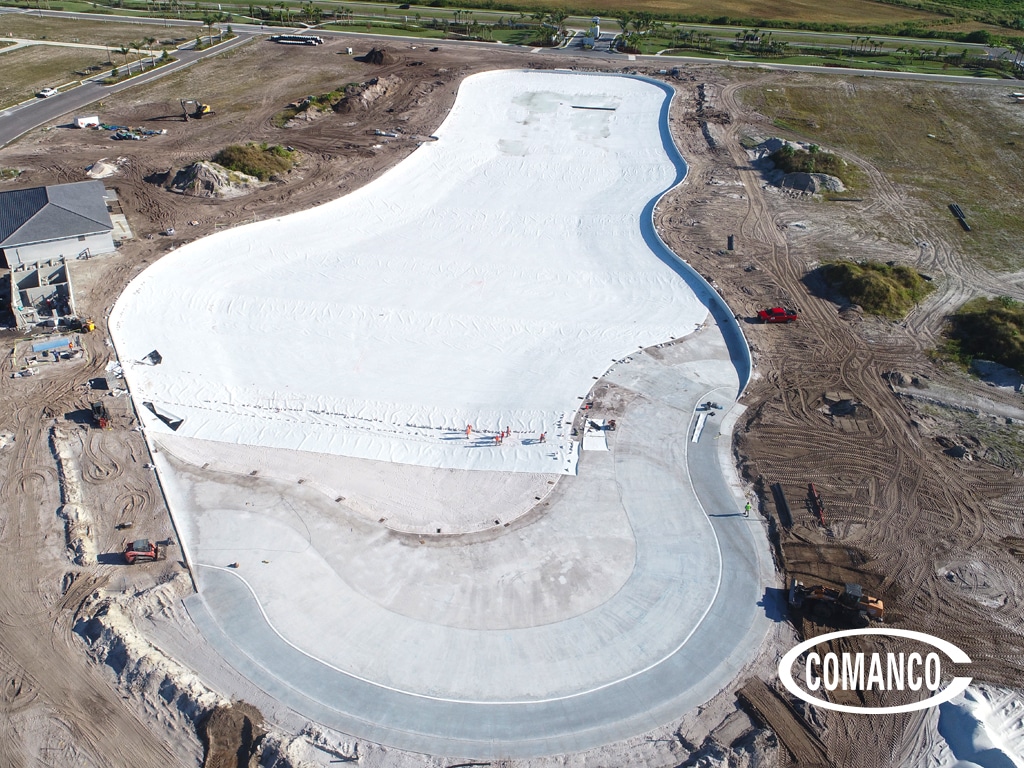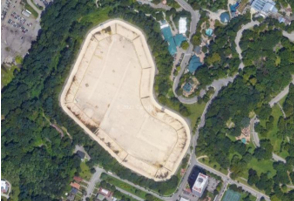Inspecting a six-year-old geomembrane
April 14th, 2022
Seaman Corp. describes a rare opportunity for inspecting a 6-year-old geomembrane at the Knoxville, Tenn., World’s Fair Park. By Felon Wilson, Industrial Fabrics Business Director, Seaman Corp. WFP Park and lake in Knoxville, Tenn. Photograph courtesy of Seaman Corp. The lake at the Knoxville, Tenn., 1982 World’s Fair Park was relined with the XR-5 geomembrane in […]
EPDM geomembrane for a water application
February 1st, 2022
Q: We are looking at a life-cycle study for the usefulness of an ethylene propylene diene monomer (EPDM) geomembrane for a water conservation application. Request to kindly share the information for our study. Regards. A: An EPDM geomembrane is going to lie flat on the subgrade soil without wrinkles (no field-induced stress). Therefore, it will […]
AGRU America and HK Solutions improve manhole technology using geomembranes
January 20th, 2022
Monoform PLUS for manhole and wet well rehabilitation applications combines HK Solutions’ Monoform with AGRU’s Ultra Grip geomembrane. Manhole incorporating Monoform PLUS. Photograph courtesy of HK Solutions Group AGRU America Inc. and HK Solutions Group have released Monoform PLUS, a comprehensive manhole rehabilitation product package that offers streamlined installation with minimal impact on local traffic, […]
COMANCO completes Crystal Lagoon lining in southwest Florida
November 24th, 2021
By David Ramirez, project engineer, COMANCO Crews lining the lagoon with a white LLDPE geomembrane. Photograph courtesy of COMANCO A COMANCO crew led by Superintendent Alejandro Loza has completed a Crystal Lagoon geosynthetics installation in Bradenton, Fla. The COMANCO lagoon liner consisted of smooth and textured 80-mil (2-mm) linear low-density polyethylene (LLDPE) white geomembrane. Overall, […]
Pittsburgh Water & Sewer Authority taps Layfield Geosynthetics for floating cover for reservoir
November 10th, 2021
Photograph courtesy of Pittsburgh Water & Sewer Authority The Pittsburgh Water & Sewer Authority (PWSA) chose Layfield Geosynthetics (USA) for the supply and installation of a new chlorosulfonated polyethylene (CSPE) liner and floating cover system for the Highland 2 Reservoir. The project includes demolition of the old liner and cover and fabrication and construction of a […]
GRI-GM19 peel specification
April 1st, 2021
Q: Our liner system is a double composite and along a western tie-in. We need to extrusion-weld the secondary 60-mil (1.5-mm) HDPE (new cell) to an existing secondary 40-mil (1-mm) HDPE (old cell), and the state is continuing to have issues with the fact that we are using the 40-mil (1-mm) GRI-GM19 peel specification as […]
Installing a geomembrane low to high gradient?
April 1st, 2021
Q: We are a large liner installation firm that has been asked to install a geomembrane liner from low gradient to high gradient. Is this the new normal? A: This is not normal, and we suggest you strongly object to this recommendation. There are many stakeholders in regard to panel layout (i.e., installer, general contractor, […]
Reviving the Palos Verdes Reservoir—Part 4
August 1st, 2019
By John Heap and Chris Kelsey The active site work for the Palos Verdes Reservoir’s substantial update began in late 2016, advanced primarily throughout 2018 and concluded in the second quarter of 2019 with the filling of the reservoir. The project was immense for everyone involved, and with that has come the expected excitement, challenges […]
The GMA Techline
April 1st, 2019
Vegetation causing gases under geomembrane? Q: I have a site where we are installing a high-density polyethylene (HDPE) liner in an existing pond. Because of some residual heavy metals in the top layer of soil, I would like to strip off the top 3–6 inches (7.6–15.2 cm) of soil and vegetation. Alternatively, we could mow and […]
A leachate pond geomembrane after 25 years of service
February 1st, 2019
This article reports on the evaluation of an exposed geomembrane liner in a landfill leachate pond after being in service for 25 years. The evaluation was performed in two campaigns: in August 2014 and in May 2018. The purpose of the evaluation was to determine the condition of the geomembrane and to provide a recommendation […]
 TEXTILES.ORG
TEXTILES.ORG








